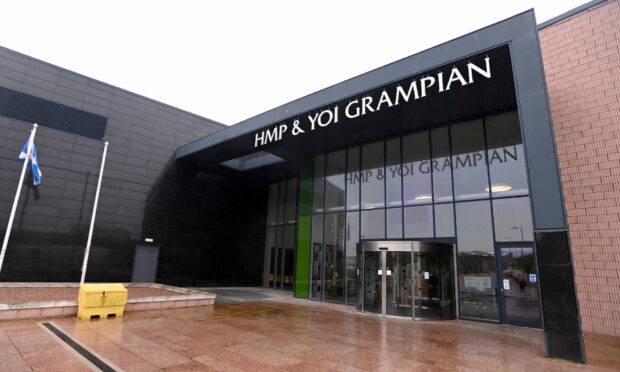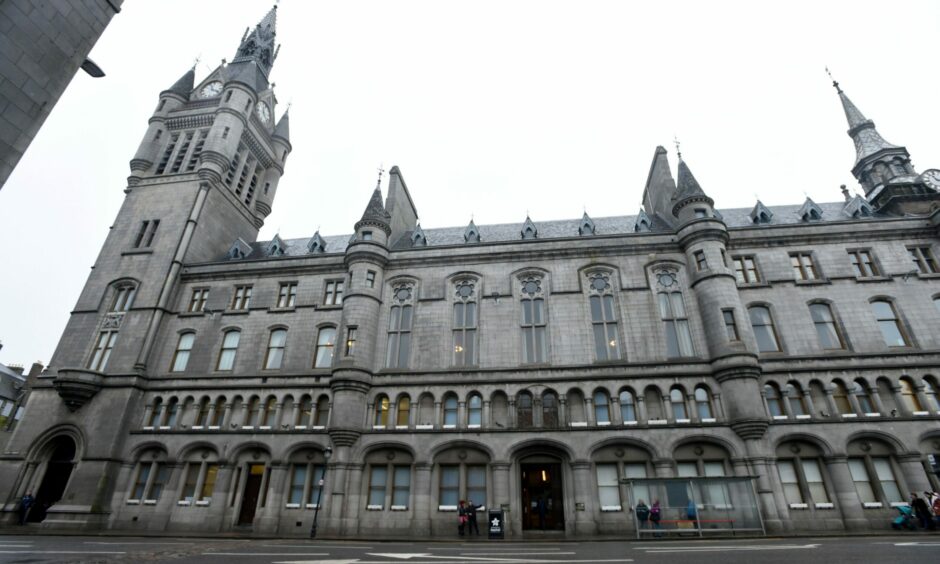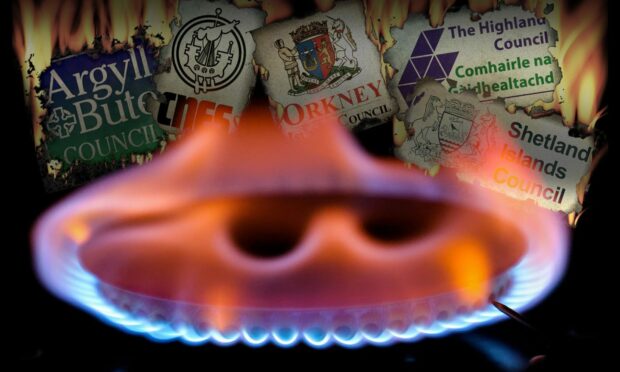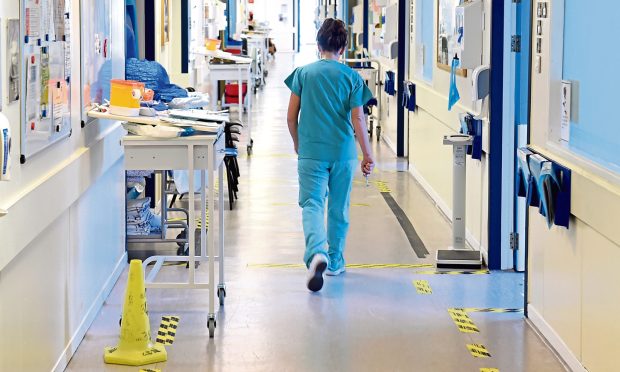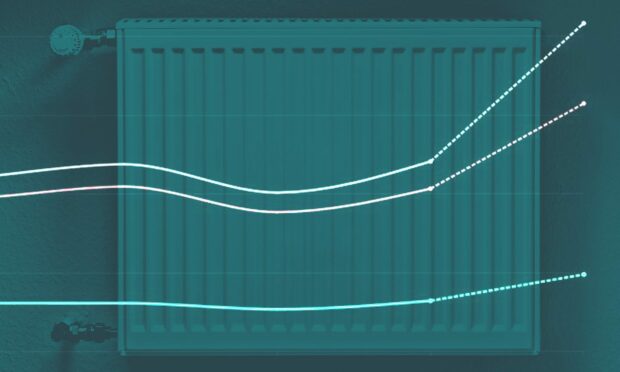The cost of heating courts and prisons in the north and north-east is expected to hit almost £1.8 million this year.
The latest projected energy bill is a rise of almost £600,000 from the previous year, with Grampian and Inverness prisons alone accounting for more than two thirds of that jump.
HMP Grampian, located south of Peterhead, paid around £640,000 for gas and electricity in 2017/18.
But for this year, the Scottish Prison Service has projected that figure will be £1.12 million – and if prices rise as expected, the cost could reach almost £1.5 million for 2023/24.
The increase at HMP Inverness is more modest, from around £117,000 five years ago to a predicted £210,000 this year.
However, the prison service has said it is taking account of a fall in energy usage that will come as prisoners are transferred to the nearby soon-to-be-completed HMP Highland.
Pressure across public sector
The staggering increases illustrate the impact of the cost of living crisis on the region’s public bodies, revealed for the first time in figures obtained by The Press and Journal through freedom of information requests.
They show similar issues for the health service in the north and north-east, as well as the region’s local authorities.
A spokeswoman for the Scottish Prison Service said: “We have seen energy costs rise across all establishments, in common with the wider public sector, and Scotland as a whole.
“Our budgets have been aligned to meet tariff increases, with additional funding from Scottish Government, and internally generated resource savings from other operating adjustments.”
Courts feel the strain
Prisons are not the only part of the justice system facing significant pressure from energy prices.
The combined energy bills for courthouses in the north and north-east is expected to be more than £445,000 this year, up from £280,000 the previous year.
Among the courthouses in the north and north-east, Aberdeen Sheriff Court has forecast by far the most significant increase in costs.
Five years ago, energy costs at the building – next door to the Townhouse on Castle Street – were just under £36,000.
This year, the expected total is more than £124,000.
The Scottish Courts and Tribunal Service (SCTS) said the site’s high bills could be blamed on its size and the fact that it is spread between several buildings.
Aberdeen High Court, on the opposite side of the road, is expected to cost almost twice as much in gas and electricity as last year: £41,700, up from £21,700.
Meanwhile, in Inverness, the shifting of judicial services from a dedicated court to a larger facility that hosts a wide range of organisations has had an impact on bills.
The total cost of energy at the newly opened Justice Centre this year is projected to be £113,000.
In 2019/20, its last full year of operation, Inverness Sheriff Court paid £16,500 for its energy.
‘Historic’ buildings present challenges
A spokesman for the SCTS said: “Like every family and organisation the Scottish Courts and Tribunals Service faces rising energy bills this year.
“In addition, our extensive and historic estate across Scotland presents challenges, which can lead to increased energy costs.
“In response to this, we continue to progress with projects to improve the heating, lighting and energy efficiency of many of our buildings in our estate, in order to reduce carbon emissions and energy costs.
“There are no plans to alter court operations or court programmes due to changes in fuel costs.”
More from this series
